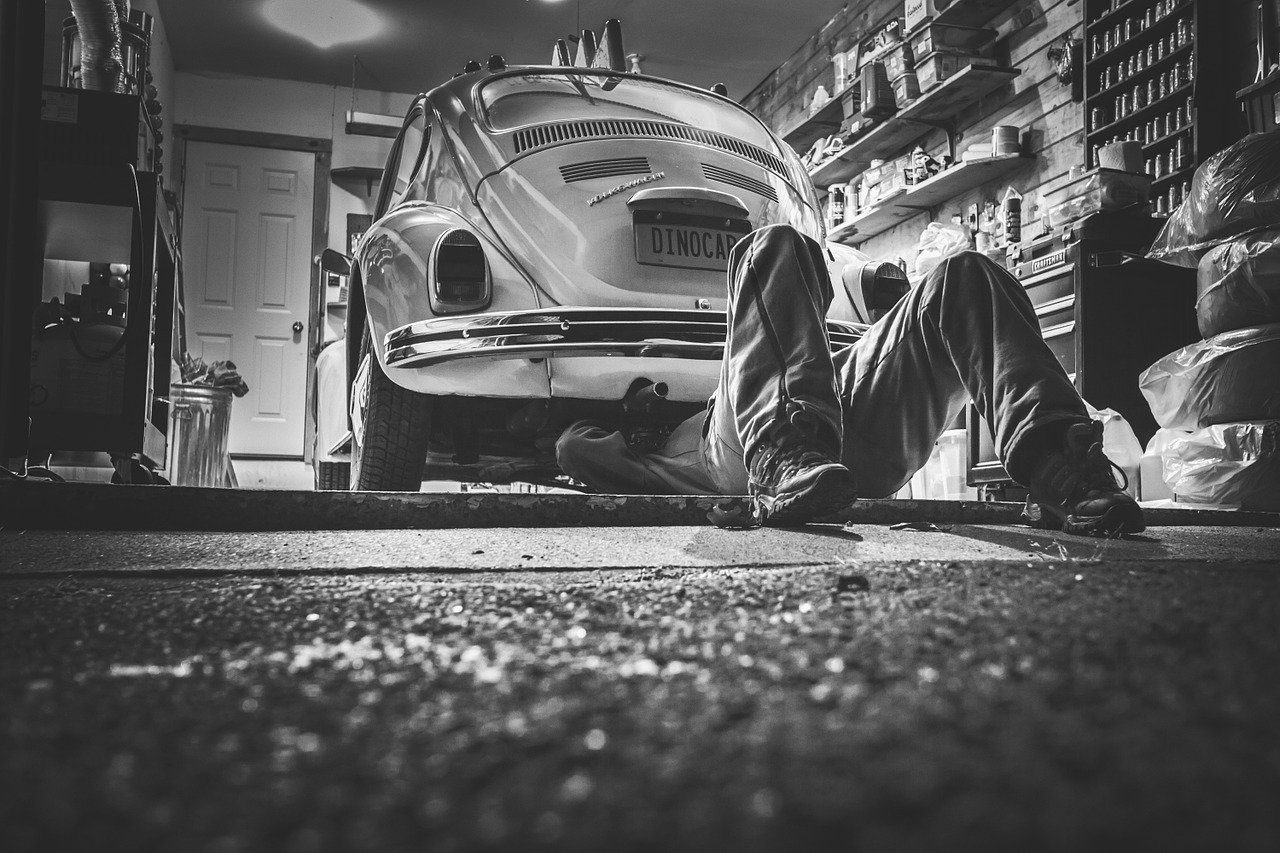Elements Tested During an MOT: The Ultimate Guide [AD]
Advertorial guest post
Your car’s annual MOT is a fact of life. Like a council tax bill and needing broadband to live properly in this modern world. But what does the MOT actually look at? Let us take a look in this ultimate guide to the MOT test.
Purpose of the MOT
The MOT exists because cars get old, basically. The increasing toll from road accidents concerned the government enough that they decided to incorporate a roadworthiness test in 1960. From this humble beginning, on vehicles over ten years of age and checking only three items (steering, lights and brakes) the test expanded. They reduced the age of the car until the present iteration of around thirty items on cars older than three.

Important Note
It is a legal requirement to have your car MOT tested when it is due. There is no grace period after the deadline. However, you can have your MOT done at any time in the previous month and still keep your renewal date. The price of the MOT test is fixed by the government. It is presently £54.85: you may find it for less, but you cannot legally be charged more. NB: this does not apply to any repairs needed in order to pass – those must be paid for in the usual way.
What is Tested?
There are six sections in the test and they are as follows:
- Exterior Checks: The general condition of the car, number plates, lights (including hazards, brake lights and so on), wheels and tyres, shocks, mirrors, windscreens (damage, wipers, cleanliness), presence of fuel cap, doors, boot, and bonnet all in good working order.
- Under the Hood: Vehicle structure; fuel, brake, steering, exhaust systems; speed limiter, if present; suspension.
- Interior Checks: seats and seat belts should be in good order; lights, brakes, steering all in order for easy operation; good visibility all around the vehicle using all the windows and windscreens with no clutter obscuring vision; doors, mirror and horn should all work as intended; speedometer in good untampered condition.
- Under the Car: completion of checks on the vehicle structure and fuel, brake, steering and exhaust systems; completion of suspension checks; wheels and tyres; wheel bearings.
- Emissions: a device will be fitted to the exhaust while the engine is running to ensure that emissions are within the strict limits permitted.
- Brakes: Despite the brakes falling under several categories above, they are then put through their paces separately. This is to ensure you are able to stop promptly when you need to. Both the service brakes and the handbrake are thoroughly checked out.

Where Can I Get an MOT?
Call the MOT experts at Elite London and get to know all the details, from their unique MOT price, how long the test will take and when you can bring your car in!
Advertorial guest post







![Do You Glue or Click Vinyl Flooring? [AD]](https://plutoniumsox.com/wp-content/uploads/2022/08/12.jpg)